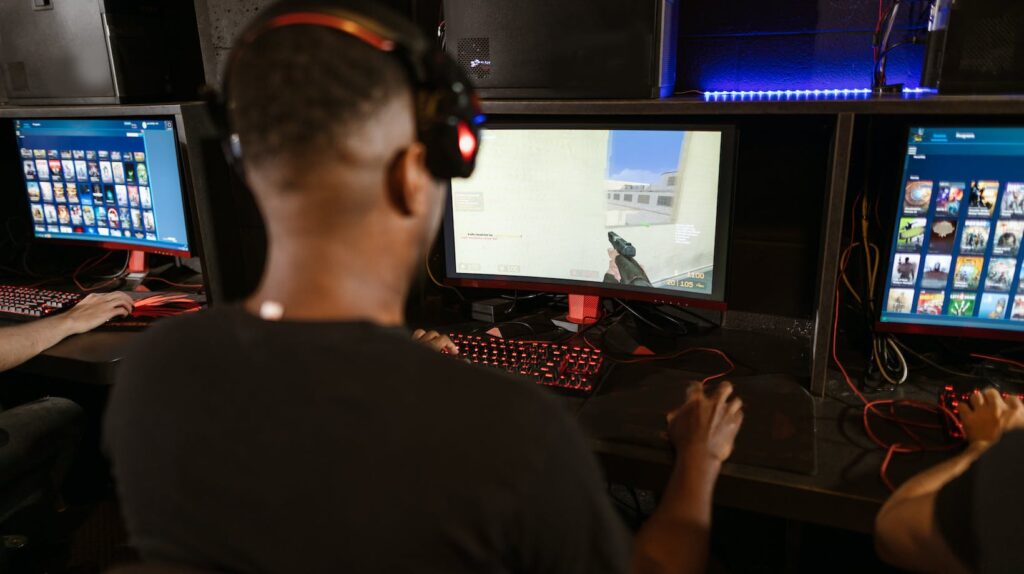
Since 2012, Valve has been constantly tinkering away at Counter-Strike: Global Offensive, delivering thousands of patch updates that have been met with varying degrees of enthusiasm. Counter-Strike 2 might have only dropped in September 2023, but a muted reception in response to missing features and awkward mechanics forced Valve into panic mode, with the long-awaited sequel already getting its fair share of updates in just a few weeks.
For many players, these updates are a welcome fix for game-derailing bugs. For others, updates change the DNA of the game entirely. Below, we’ll revisit some of the most significant updates Valve has released over the past decade.
Something Doesn’t Sound Right…
If you’ve been playing CSGO since the early days, you might have thought your ears were playing a trick on you in 2016. That year, Valve decided to rethink the sound effects used for CSGO’s weapons. Every last item in the Counter-Strike arsenal was given the audio enhancement treatment, with the new sound effects being more distinct and generally less overwhelming. Valve intended to remedy audio distortion, but many players complained about the chance and pined for the original sounds.

Deathmatch Paved The Way For Additional Game Modes
In CSGO’s formative years, there wasn’t much meat to the game itself. This did nothing to impact Global Offensive’s popularity, however, with the game already becoming a staple of the esports scene when deathmatch mode was unveiled in 2013. Unfortunately, those eager for some variety had a long wait until Valve caught up with demand. But patience paid off. In 2017, several new modes were unveiled as part of the Operation Hydra update. More modes would follow in 2018, with several of these modes becoming integral parts of the main game itself.
The Emergence of Esports
Few games can claim they were there at the start of the esports phenomenon, but Counter-Strike can. It’s been played internationally for more than 20 years but only became the spectacle it is today with the inaugural Dreamhack Winter event in 2013. Today, CSGO has a thriving esports scene, with standout team rosters like FaZe Clan, G2 Esports, Team Vitality regularly topping the leaderboards. It also commands a sizable online audience. In 2021, more than 2.75 million peak viewers tuned in to follow the action at the PGL Major Stockholm. Want to follow the action yourself? Get the latest match fixture information at https://www.1337pro.com/en/csgo.

A Lucrative Virtual Economy
The skins market that CSGO has spawned is a phenomenon in its own right. Originally, Counter-Strike didn’t feature skins. In fact, they weren’t introduced until the 2013 Arms Deal Update. To say players responded enthusiastically to this new feature would be understating it. In the decade since they were unveiled, the number of skins in CSGO has exploded. Now, third-party marketplaces are selling limited edition skins and other rare finds that are no longer available in the main game. What’s more, people are paying considerable amounts to get their hands on these virtual items. In 2016, a Hardened Karambit skin was sold for more than $100,000. Today, the legendary skin is expected to fetch more than $1.5 million on the open market.
What Changes Lie Ahead For CSGO?
For most fans, it’s been the slow crawl toward major updates that have caused the biggest problems when playing CSGO. While players of other first-person shooters were enjoying all manner of gameplay modes, the Counter-Strike community had to endure a pretty threadbare base game for years before Valve delivered the goods. We’ve faced a similar situation waiting for the release of Counter-Strike 2. While the sequel finally launched on Steam in September 2023, fans had been left disappointed time and again by ever-changing release windows.
While CSGO is certain to remain incredibly popular with gamers and a staple of the esports scene, expect the biggest developments coming from Valve to be concentrated on Counter-Strike 2.








